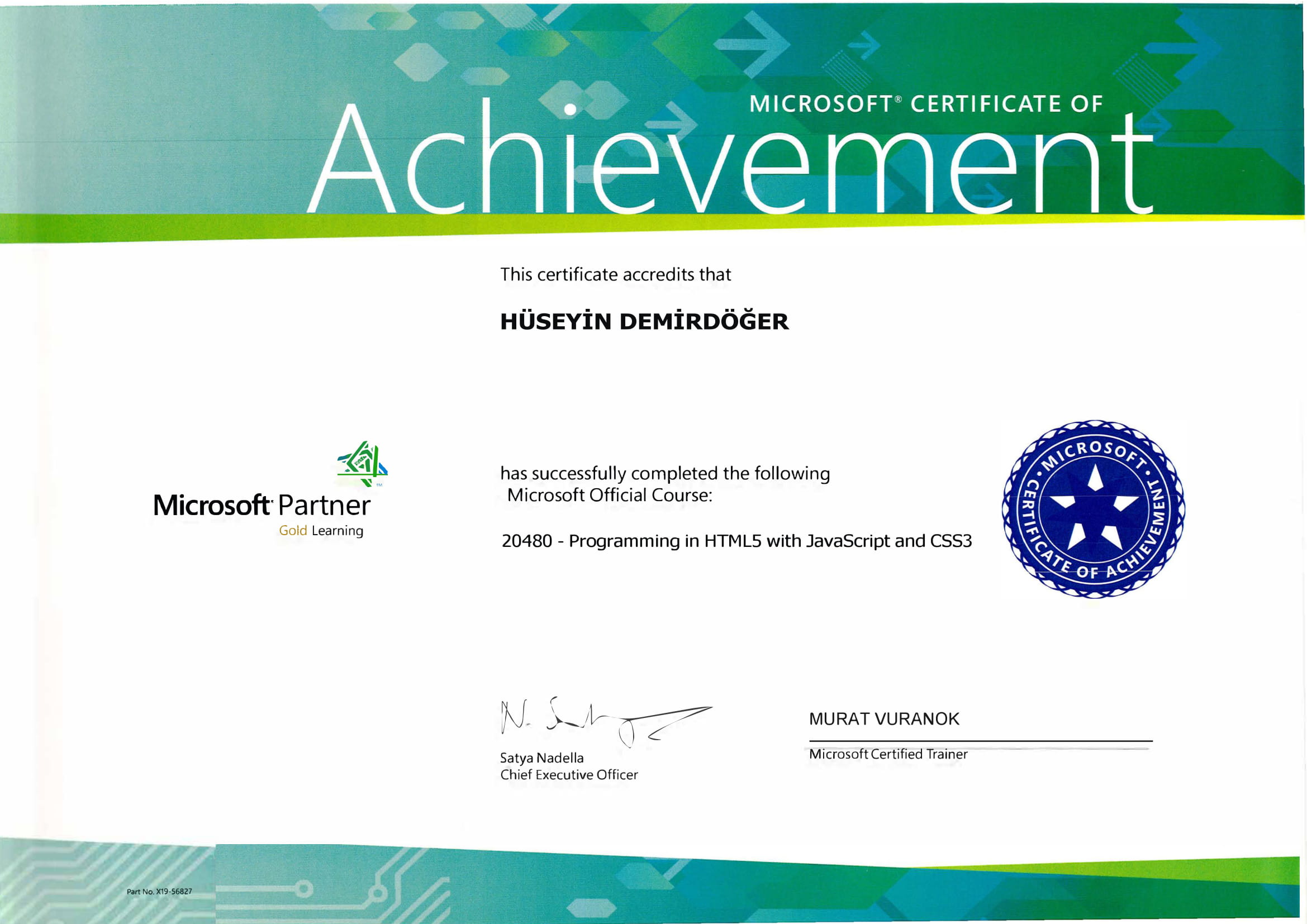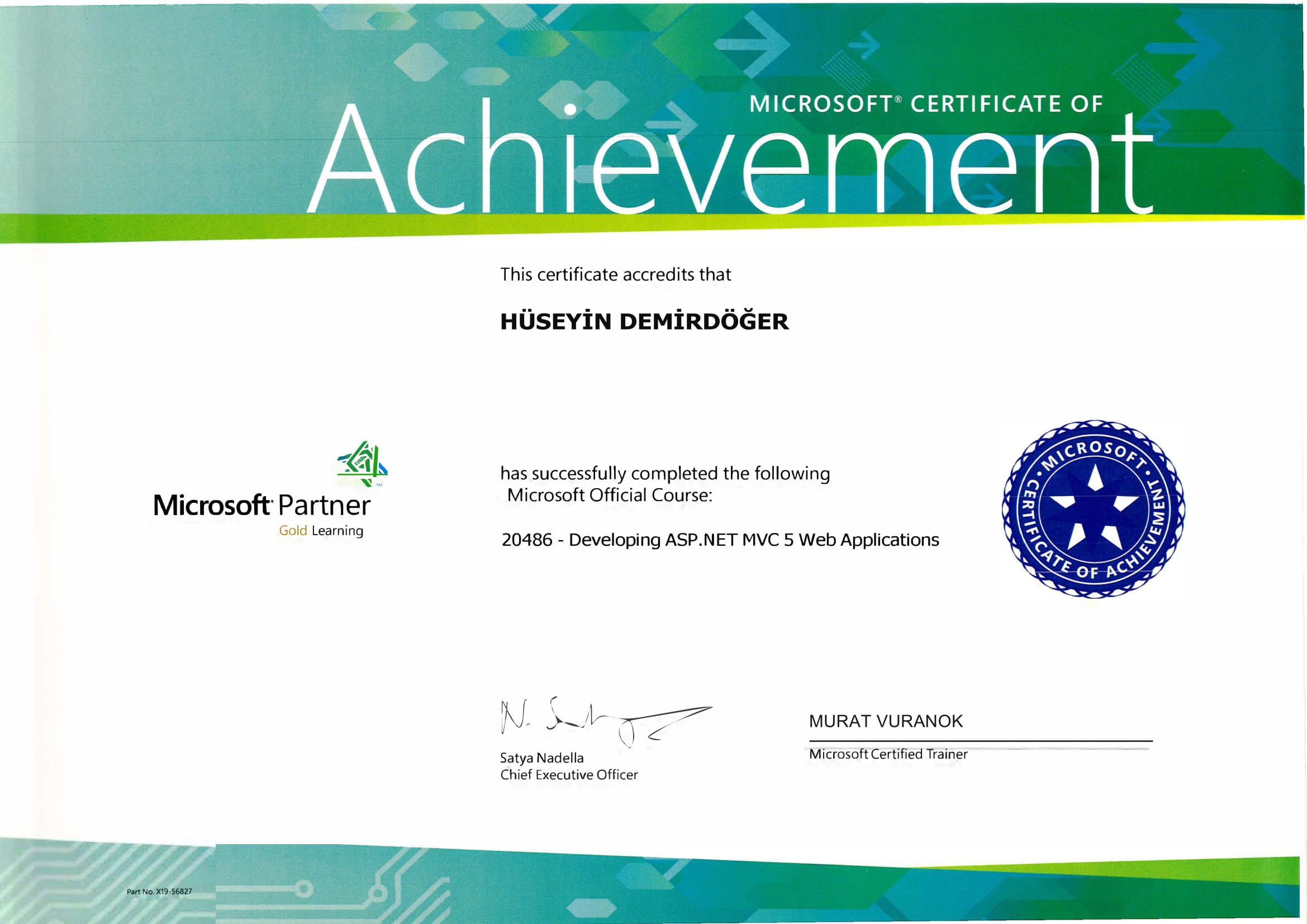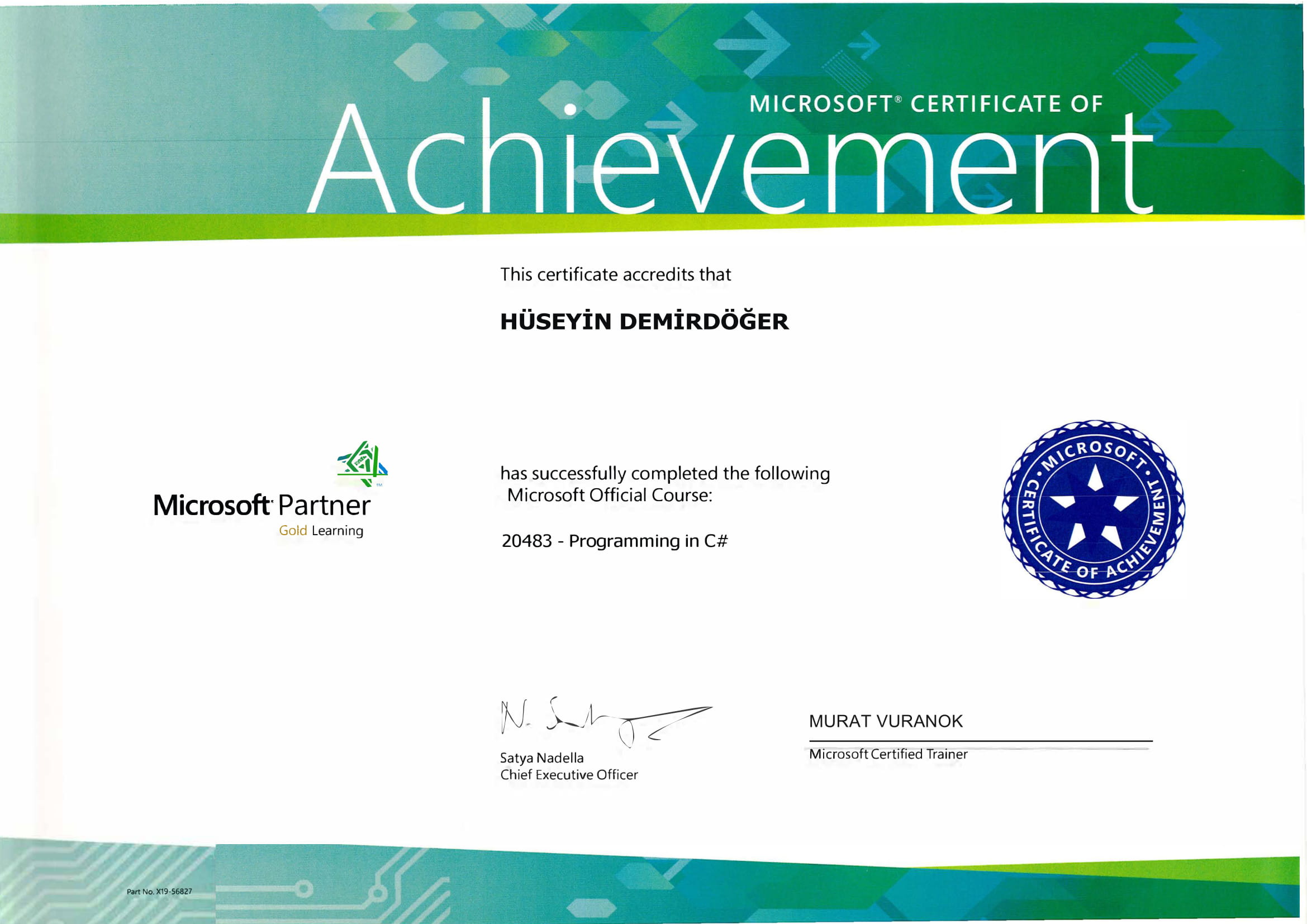Navigating the challenges of dealing with Windows error codes can be a daunting experience, especially when it disrupts your workflow or leisure time. One such pesky issue is the error code 0x80070005, often associated with access denied problems during updates and app installations. Allow me to guide you through a step-by-step process to address this, incorporating my own brush with this problem and how I managed to find a way out of the maze.
Understanding Error Code 0x80070005
The error code 0x80070005 typically signifies a permission issue that arises due to security settings or user account credentials. This can impede your attempts to update software, install new applications, or sometimes even during a routine system function. Do you know? Microsoft often describes this as an "access denied" situation, indicating the need for permission elevation.
Troubleshooting Steps
Step 1: Check User Permissions
Ensure that you are logged in as an administrator. Here's how you can do it:
- Access User Accounts: Type
Control Panelin the search box, open it, and navigate to "User Accounts." - Check Administrative Privileges: Verify if your account states "Administrator." This is crucial for making system-wide changes.
Step 2: Modify System Permissions
Sometimes, system settings require a refresh. I encountered this once while updating my software, and here's how I tackled it:
- Open Local Security Policy: Search "Local Security Policy" in the search bar and open it.
- Navigate to Local Policies: Click on "Local Policies" and then "Security Options."
- Adjust User Account Control: Locate settings related to User Account Control and ensure they are set to prompt for permissions whenever needed.
For further insight into dealing with permission issues, you might want to reference solutions like the 0x800703ee fix for USB Drive Errors which shares a similar permission adjusting methodology.
Step 3: Update Windows and Apps
If permissions seem correct and yet the error persists, updating everything can sometimes clear the obstacle:
- Check for Updates: Go to "Settings," click "Update & Security," then "Windows Update."
- Run the Troubleshooter: Select "Troubleshoot" from the side panel, choose "Windows Update," and click "Run the troubleshooter."
Looking at how other error codes such as 0x8007007b activation issues are resolved may also reveal the interconnectedness of these solutions.
A Personal Experience
In my case, error 0x80070005 reared its head during a crucial software update. Initially panicked, I soon realized that a simple administrator privilege adjustment was my salvation. It's easy to forget these small details when deep in tech troubleshooting.
As someone who has struggled with these issues before, stumbling upon an informative resource like the 0x80070003 guide for Update Failures can be a light at the end of the tunnel.
Wrapping It All Up
Ultimately, resolving the 0x80070005 error requires a methodical approach ranging from permissions checks to updating your system. By following these steps, you have a greater chance of a seamless computing experience, free from these bothersome error codes. This guide should serve as a beacon for those moments when technology seems intent on throwing a wrench in your plans.
Remember, perseverance and the right resources like those from reputable tech experts can often steer you back on course. And so, with the right permissions set and updates correctly configured, your Windows experience should be smoother sailing from here.


















